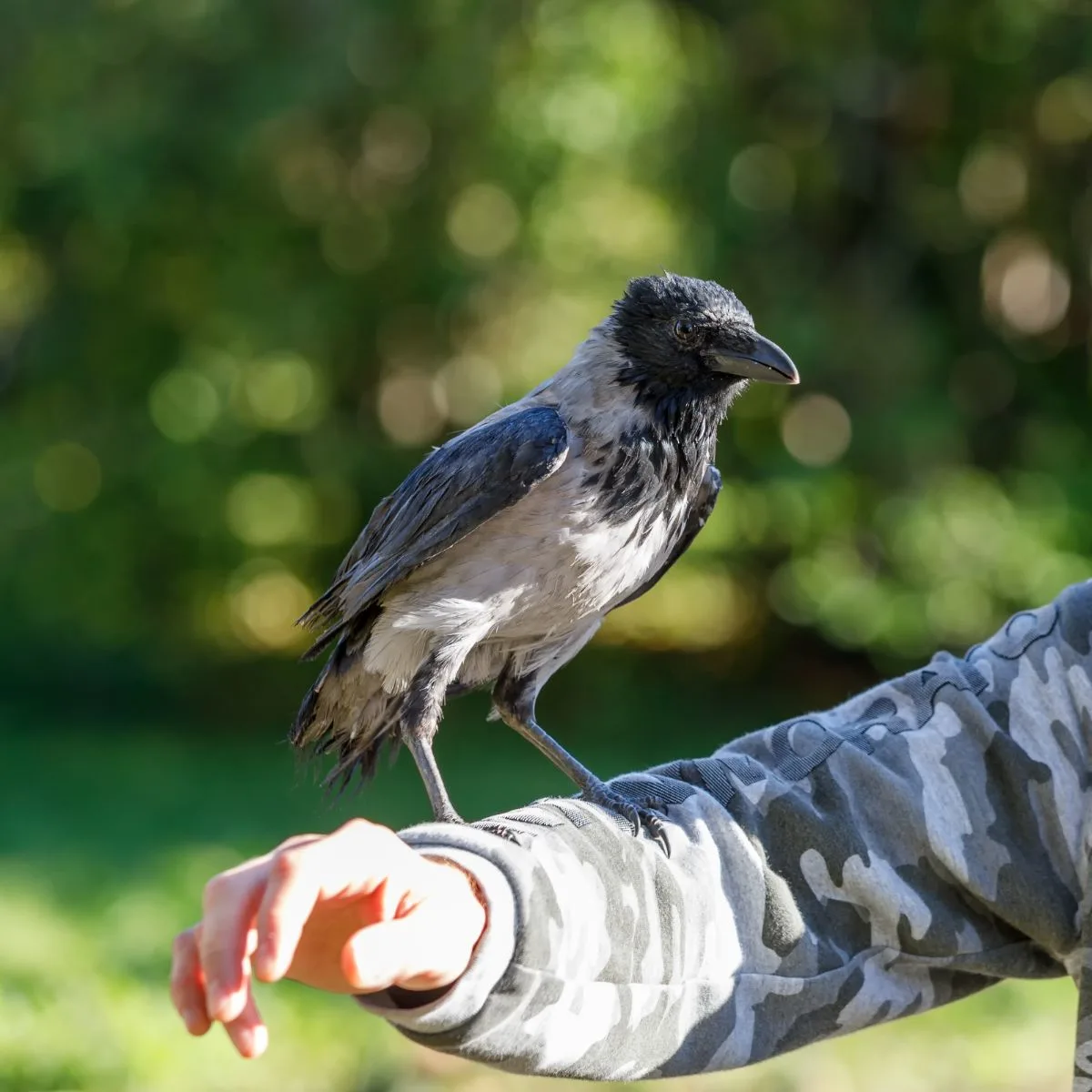A single black crow, perched silently against the whispering winds, has long been a symbol that stirs the soul and piques the curiosity of those it crosses.
Far from being a simple omen of misfortune, this creature encapsulates a realm of symbolism that spans across cultures and epochs, offering insights into our deepest fears, greatest aspirations, and the uncharted territories of the human psyche.
As we peer into the shadow of a crow’s wing, we embark on a narrative exploration that transcends the ordinary, urging us to reflect on the interconnectedness of life, the mysteries of the afterlife, and the crow’s role as a custodian of secrets and ancient wisdom.
Through understanding the single black crow’s symbolic resonance, we unlock a gateway to self-discovery and a deeper appreciation for the natural world’s enigmatic beauty.
Single Black Crow – Meaning And Symbolism
The Crow: A Messenger Between Worlds
The crow, with its sleek black feathers and piercing gaze, occupies a unique place in the human imagination.
This bird, often encountered alone or in small groups, has woven itself into the fabric of folklore and mythology across the world, transcending boundaries to become a universal symbol of the connection between the known and the unknown.
Its role as a messenger between worlds is not an arbitrary assignation but rather a reflection of the crow’s profound intelligence and behavioral complexities, which have intrigued and baffled observers for centuries.
Crows are among the few species capable of recognizing themselves in a mirror, a trait they share with humans and some primates, indicating a level of self-awareness that is rare in the animal kingdom.
They use tools, solve intricate puzzles, and their communication skills suggest a form of language that includes not just calls, but also gestures. It is perhaps this remarkable intelligence that has led people to believe in the crow’s ability to traverse the boundary between life and death, carrying messages from the spirits to the living.
The comfort crows seem to find in human company further cements their role as intermediaries.
They are not merely passive observers of our world; they interact with it, influencing and being influenced by human activities. Stories abound of crows bringing gifts to those who feed them or showing gratitude in various ways, behaviors that contribute to their mystical reputation.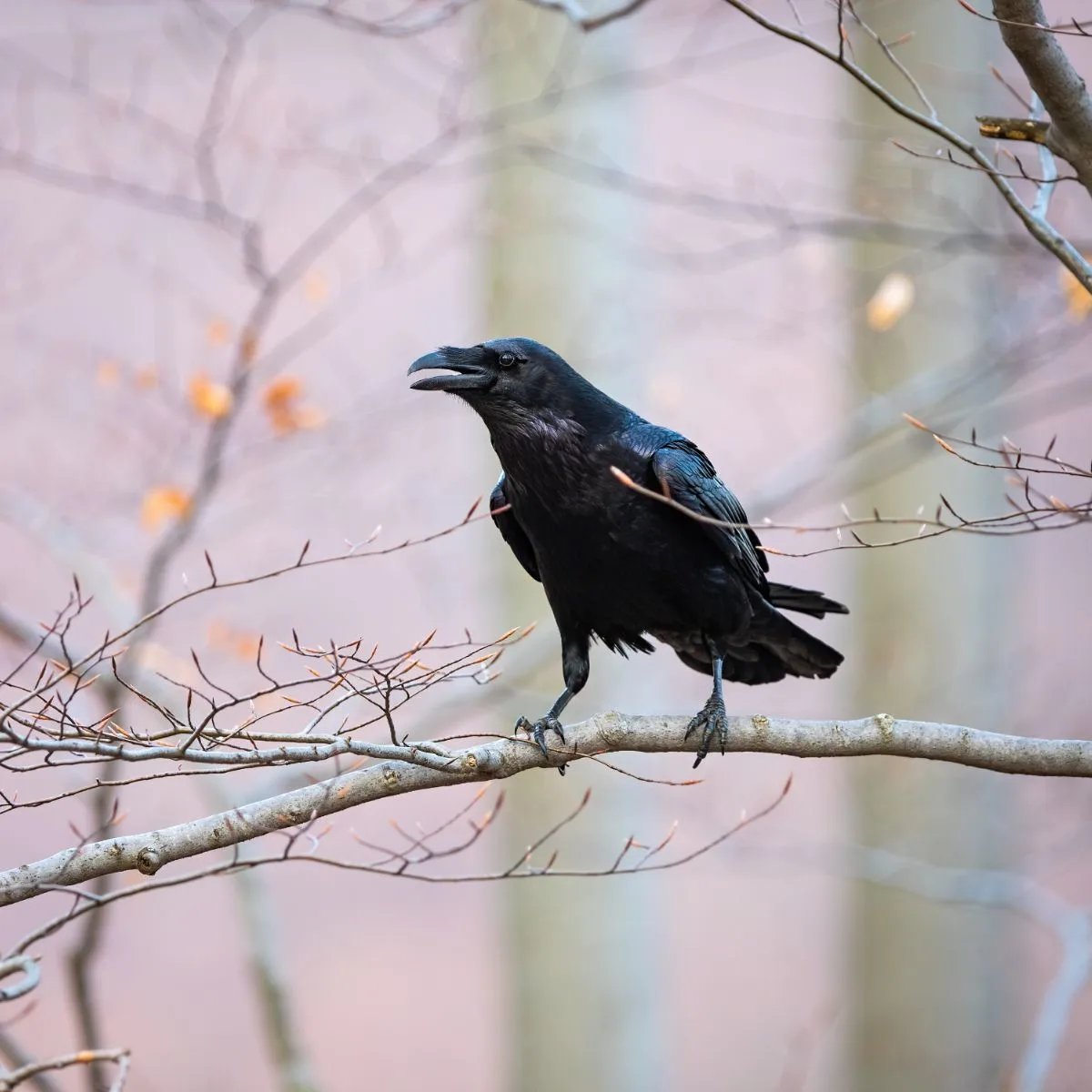
In many tales, the appearance of a single black crow is not seen as an omen of death, as is commonly misunderstood, but rather as a signifier of impending transitions or the revelation of deep truths.
In cultures around the globe, the crow has been imbued with significant spiritual importance. For some, it is a protector, watching over the physical and spiritual well-being of individuals.
For others, it is a guide, leading souls safely to the afterlife. And still, for others, the crow is a teacher, its behavior a lesson in adaptability, community, and the mysteries of existence.
This widespread reverence speaks to a collective intuition about the crow’s place in the natural order and its connection to the ethereal realms beyond human sight.
Seeing the crow as a mere harbinger of doom diminishes the richness of its symbolic significance.
Instead, if we view the crow through the lens of its role as a messenger between worlds, we open ourselves up to a deeper understanding of life’s cyclical nature and the continuum between birth, death, and rebirth.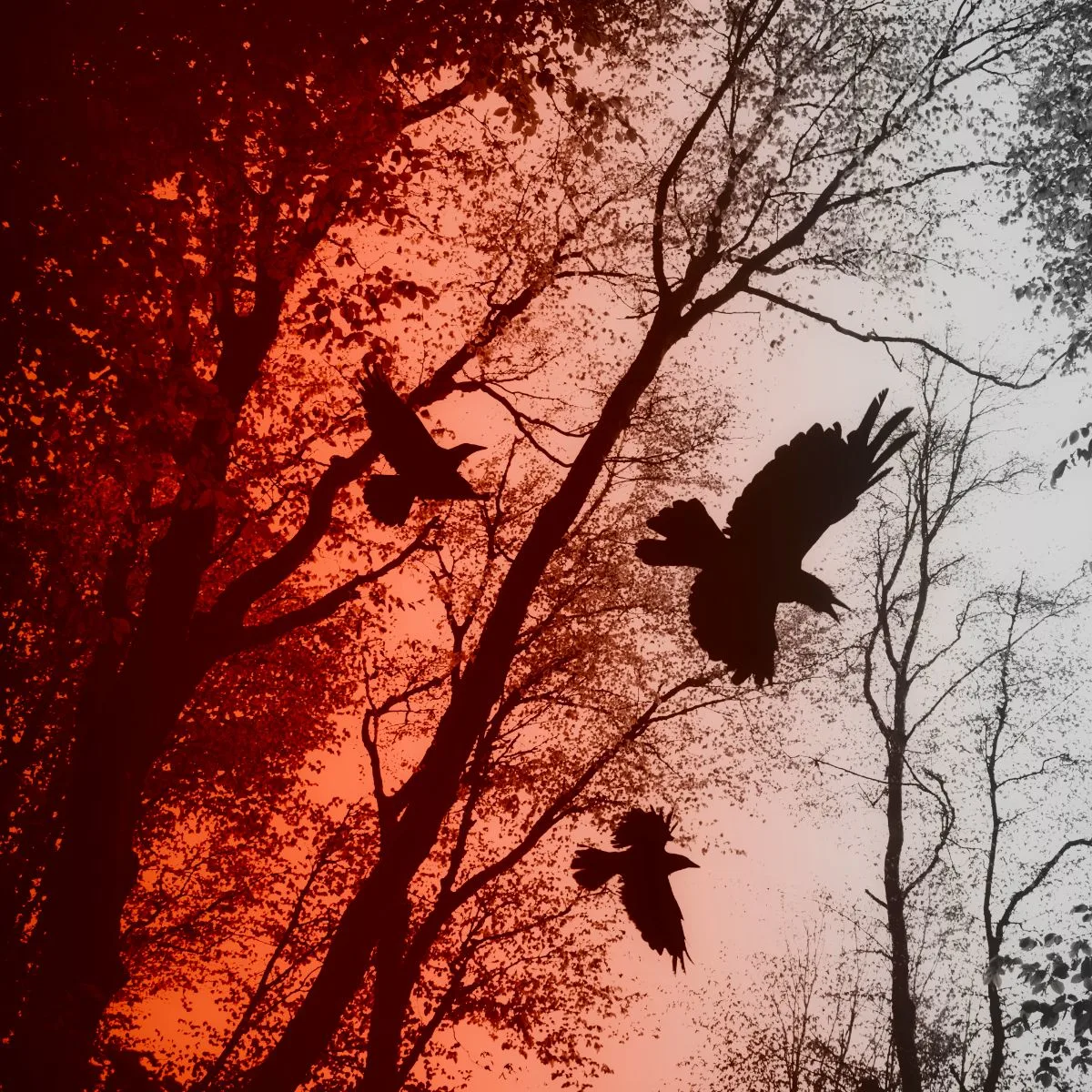
The crow’s presence in our lives can then be interpreted as an invitation to look beyond the surface, to question and seek out the hidden meanings that lie just out of reach.
Intelligence and Adaptability: Lessons from the Crow
The intelligence and adaptability of the single black crow offer a fascinating glimpse into the capabilities of avian species, challenging our perceptions of animal cognition and providing profound lessons for human behavior.
These birds, often observed manipulating their environment to access food or using innovative strategies to overcome obstacles, demonstrate a level of problem-solving ability that rivals that of some primates.
Their use of tools is not born out of instinct but rather from a complex understanding of cause and effect, a trait that underscores their cognitive flexibility.
One of the most compelling demonstrations of crow intelligence is their ability to recognize and remember human faces.
Researchers have found that not only can crows identify individuals who pose a threat to them, but they can also communicate this information to other crows, effectively creating a shared “database” of friend and foe.
This remarkable social learning capability speaks volumes about their memory and communication skills, aspects of their intelligence that have direct parallels in human societies.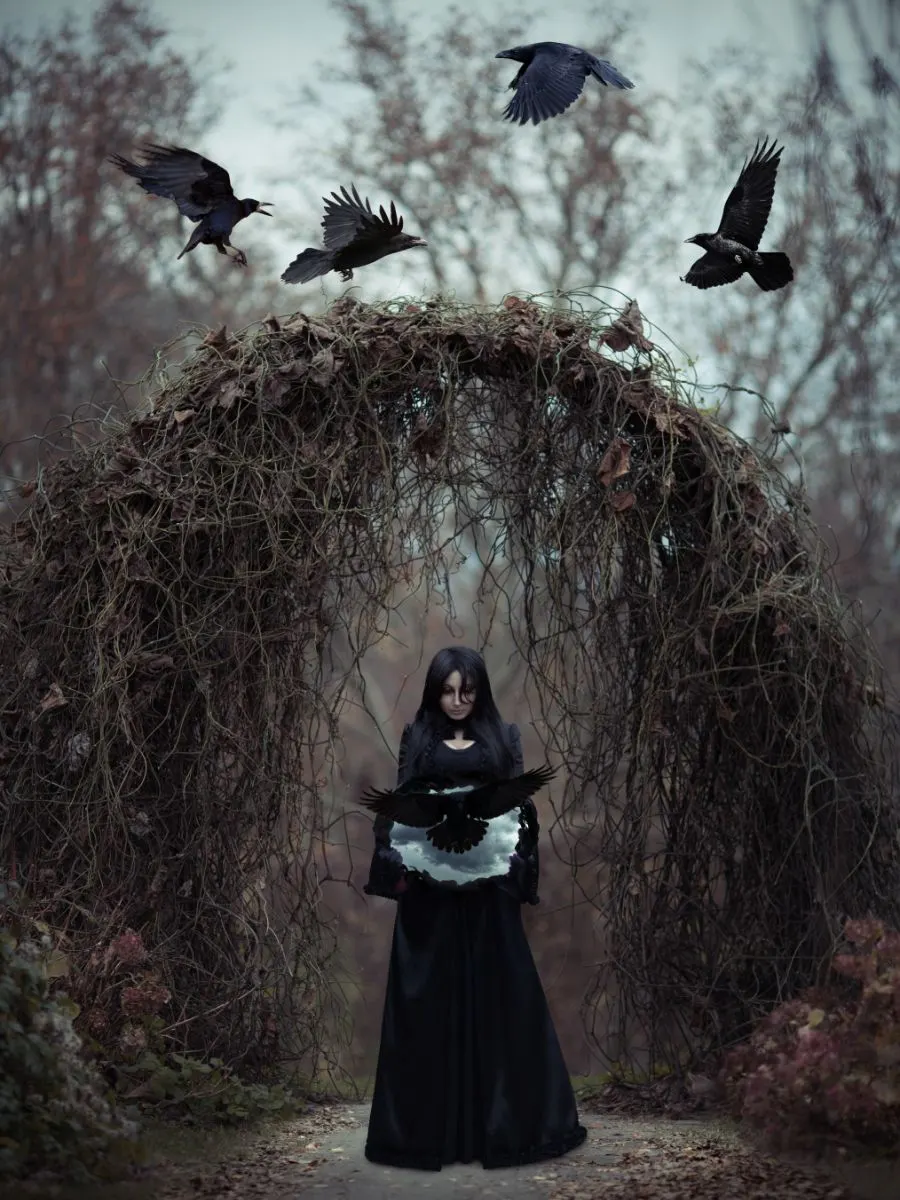
The adaptability of crows is equally impressive. These birds are among the few species that have not just survived but thrived in the wake of human expansion.
From rural areas to densely populated cities, crows have exhibited an unparalleled ability to adjust to new environments.
They have altered their diet, nesting habits, and even their daily routines to better fit into the urban landscape, showcasing a versatility that many other species have struggled to match.
For humans, the crow’s adaptability serves as a powerful reminder of the importance of resilience in the face of change. In an era where technological advancements and societal shifts transform the landscape of our lives at an unprecedented pace, the ability to adapt — to learn, unlearn, and relearn — is invaluable.
Like the crow, we are called to navigate these changes with ingenuity, using our intelligence to find new ways to solve problems and thrive in ever-evolving environments.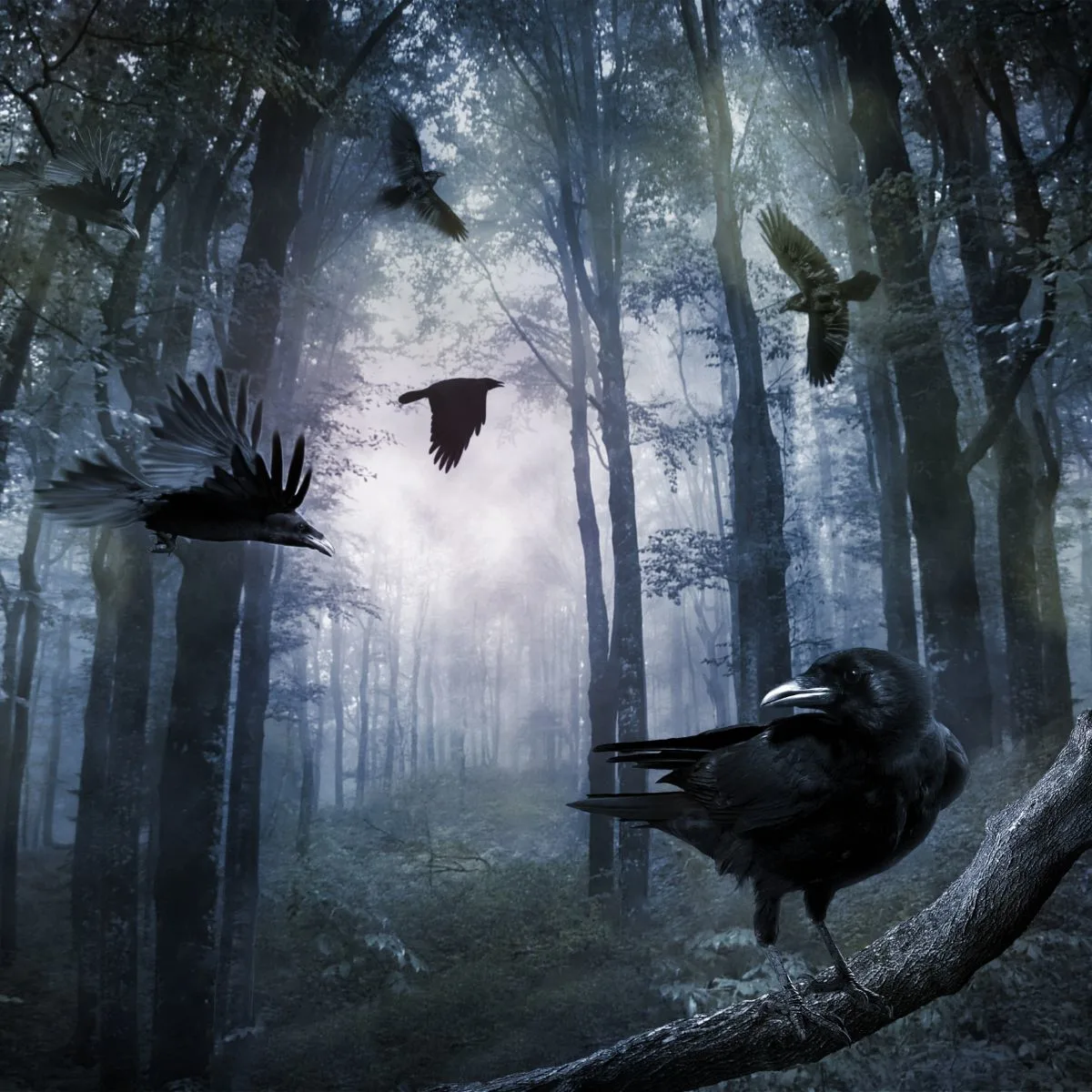
Moreover, the crow teaches us the significance of community and communication in fostering adaptability.
Just as crows share information with one another to navigate their world more effectively, humans too can benefit from collective wisdom and collaboration.
In sharing our knowledge and experiences, we create a richer, more diverse pool of resources to draw from when facing challenges, underscoring the importance of social bonds and mutual support.
The Crow in Mythology: A Symbol of Transformation
The crow, a figure shrouded in the rich tapestry of mythology across diverse cultures, embodies the quintessence of transformation.
Its black plumage, capable of absorbing all colors, makes it a symbol of the void, the unknown, and subsequently, the potential for change.
The crow’s recurring presence in mythological narratives from the Celtic Morrigan, a goddess of war and fate who could shape-shift into a crow, to the Native American stories where it acts as a trickster and a creator, illustrates its deep association with transformation and metamorphosis.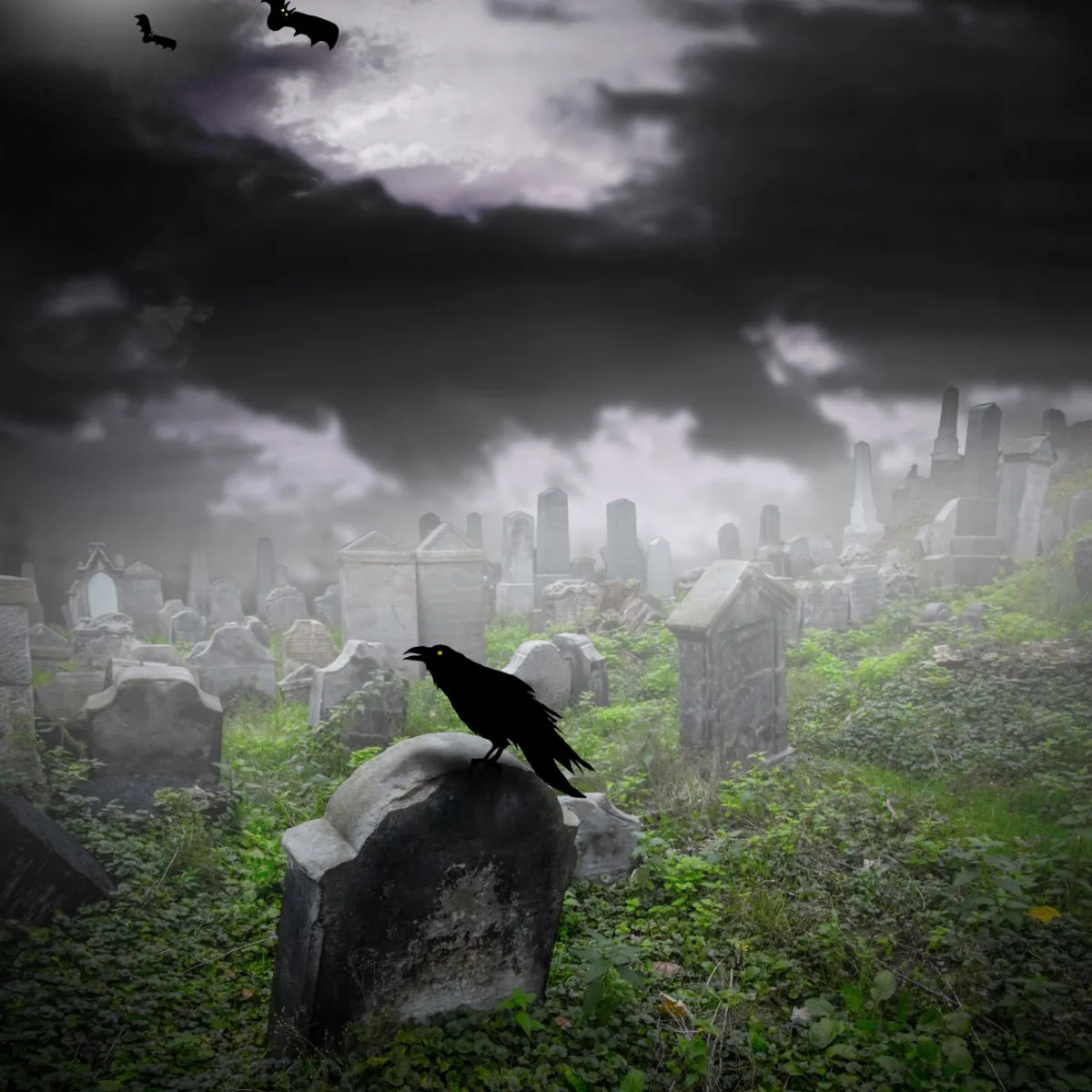
In Celtic mythology, the crow is often seen as a harbinger of change, its appearance on the battlefield foretold the outcome of the war, weaving the fate of warriors and kings alike.
The Morrigan, with her ability to transform into a crow, embodies the inevitable transformation that comes with death, guiding the souls of the departed warriors to the afterlife.
This portrayal underscores the crow’s role not just as a messenger between the worlds of the living and the dead, but as an active participant in the cycle of life, death, and rebirth.
Similarly, in Native American traditions, the crow’s symbolism is multifaceted.
It is revered as a keeper of sacred law, a reminder of the universal order and the need for humans to adapt within this framework.
The crow’s trickster aspect in these tales, where it often finds itself transforming or causing transformations, sometimes humorously, serves as a teaching tool.
These stories convey messages about adaptability, intelligence, and the importance of understanding both our shadows and lights to navigate life’s changes successfully.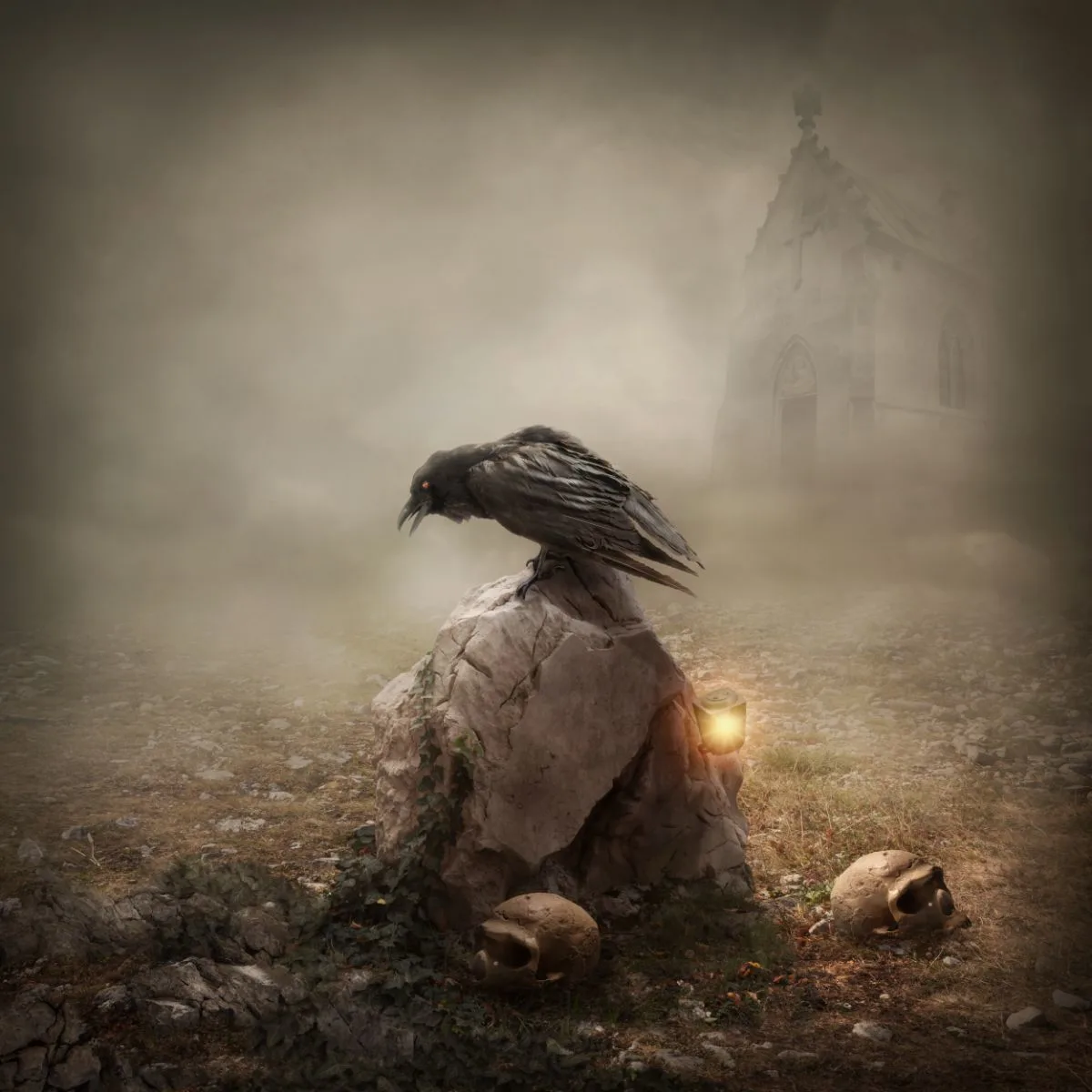
This breadth of symbolism associated with the crow in mythology speaks to a universal understanding of the crow as a creature of liminality—existing in the spaces between light and darkness, life and death, the known and the unknown.
It invites us to view our own lives through the lens of transformation, recognizing that change is not merely an event to be endured but a process to be embraced.
Like the crow, we too are capable of navigating the thresholds of our existence, learning to let go of what no longer serves us and embracing the potential for new growth and beginnings.
The myths surrounding the crow encourage us to approach our transitions with courage and openness, reminding us that every ending is the precursor to a new beginning.
They teach us that transformation, while often challenging, is a natural and necessary part of life. By embodying the qualities of the crow—adaptability, intelligence, and a willingness to explore the unknown—we can navigate our transformations with grace and emerge from them renewed.
The Crow’s Call to Mindfulness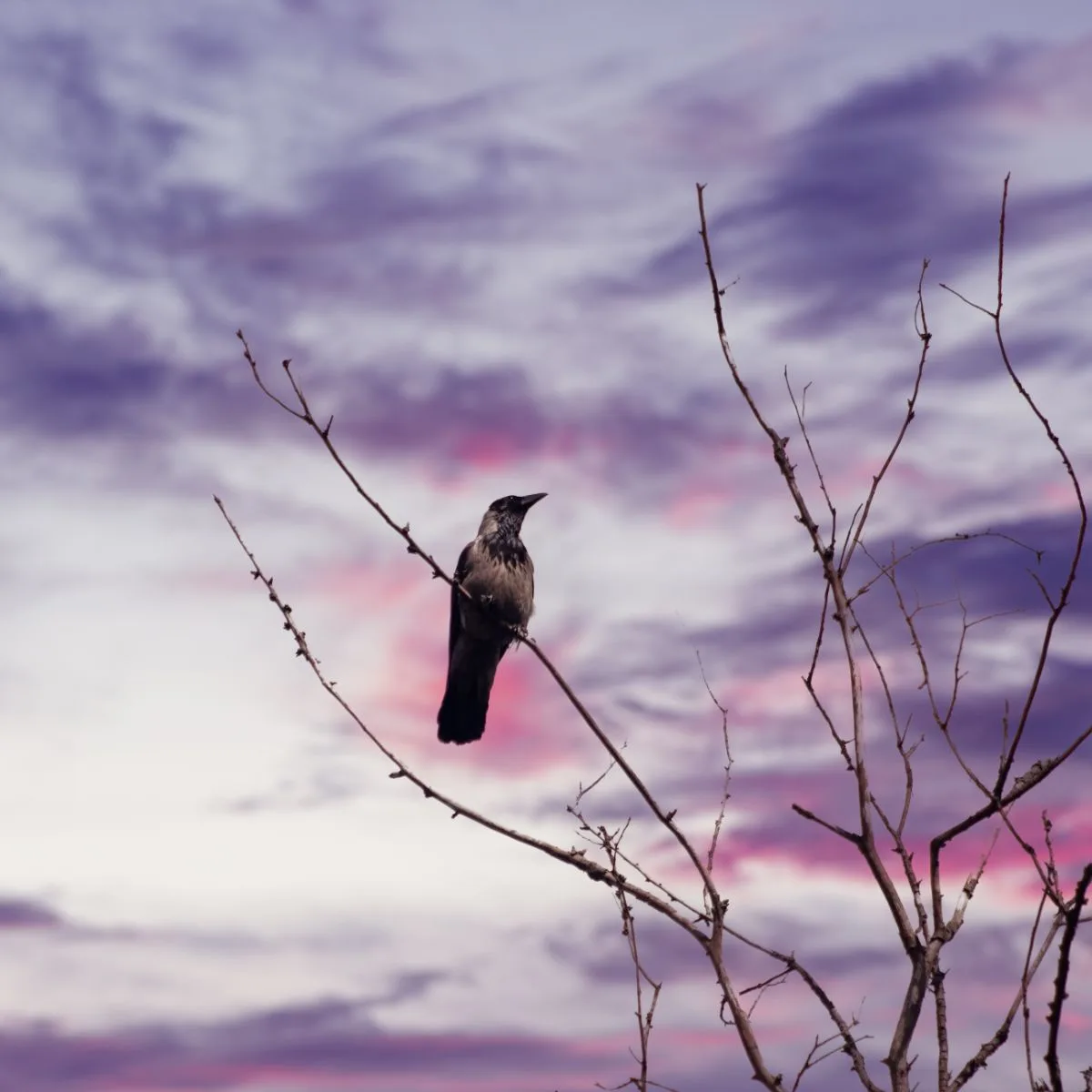
The crow, with its sharp and unmistakable caw, cuts through the noise of our daily lives, offering a momentary pause in the relentless forward march of time.
This singular sound, often heard above the urban cacophony or within the quiet whispers of nature, serves as a spontaneous call to mindfulness.
It beckons us to halt our endless rumination over past regrets and future anxieties, urging us instead to anchor ourselves in the immediacy of the present moment.
In the simplicity of a crow’s call, there lies a profound lesson in awareness. It reminds us that amidst the complexities and demands of modern life, the opportunity to connect with the essence of being is always available to us, should we choose to listen.
The crow, therefore, becomes not just a bird but a symbol of the mindfulness we so often seek but overlook in our search for peace and clarity. Its call is a prompt to lift our gaze from the screens that consume our attention, to step away from the ceaseless hustle, and to appreciate the beauty that unfolds around us in the most ordinary moments.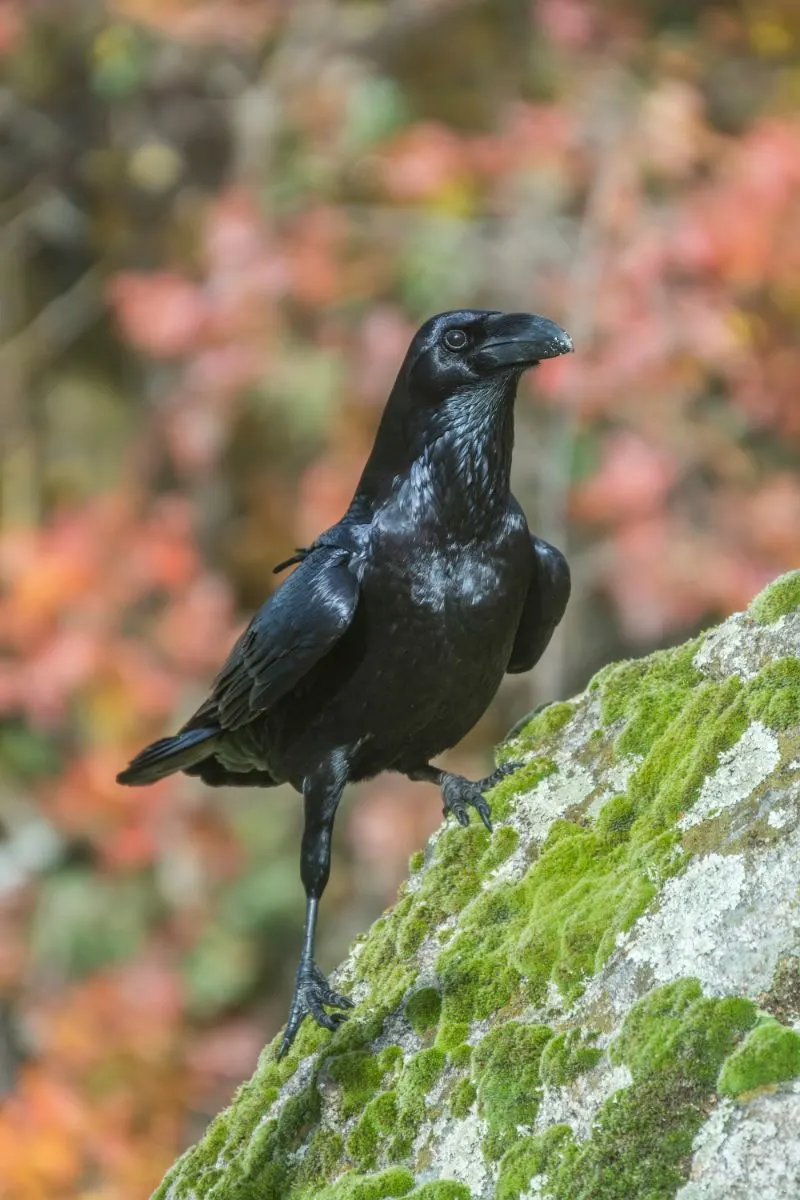
Listening deeply to the natural world, as exemplified by the crow’s call, opens up a space for joy and wonder that is often masked by the mundane facade of daily routines.
It encourages us to notice the play of light through the leaves, the intricate dance of shadows on the ground, and the myriad textures and colors that we usually pass by, unseeing. In doing so, we find beauty in places where we least expect it, transforming our perception of the everyday.
Moreover, the crow’s call to mindfulness extends beyond mere appreciation for the natural world; it invites us to engage more fully with our own lives and with those around us.
By being present, we cultivate a deeper sense of connection—to our thoughts and feelings, to our actions and their impacts, and to the people we share our time with.
This mindful presence enriches our interactions and fosters a sense of fulfillment and gratitude for the simple fact of being alive.
Guardianship and Loyalty: A Crow’s Undying Attributes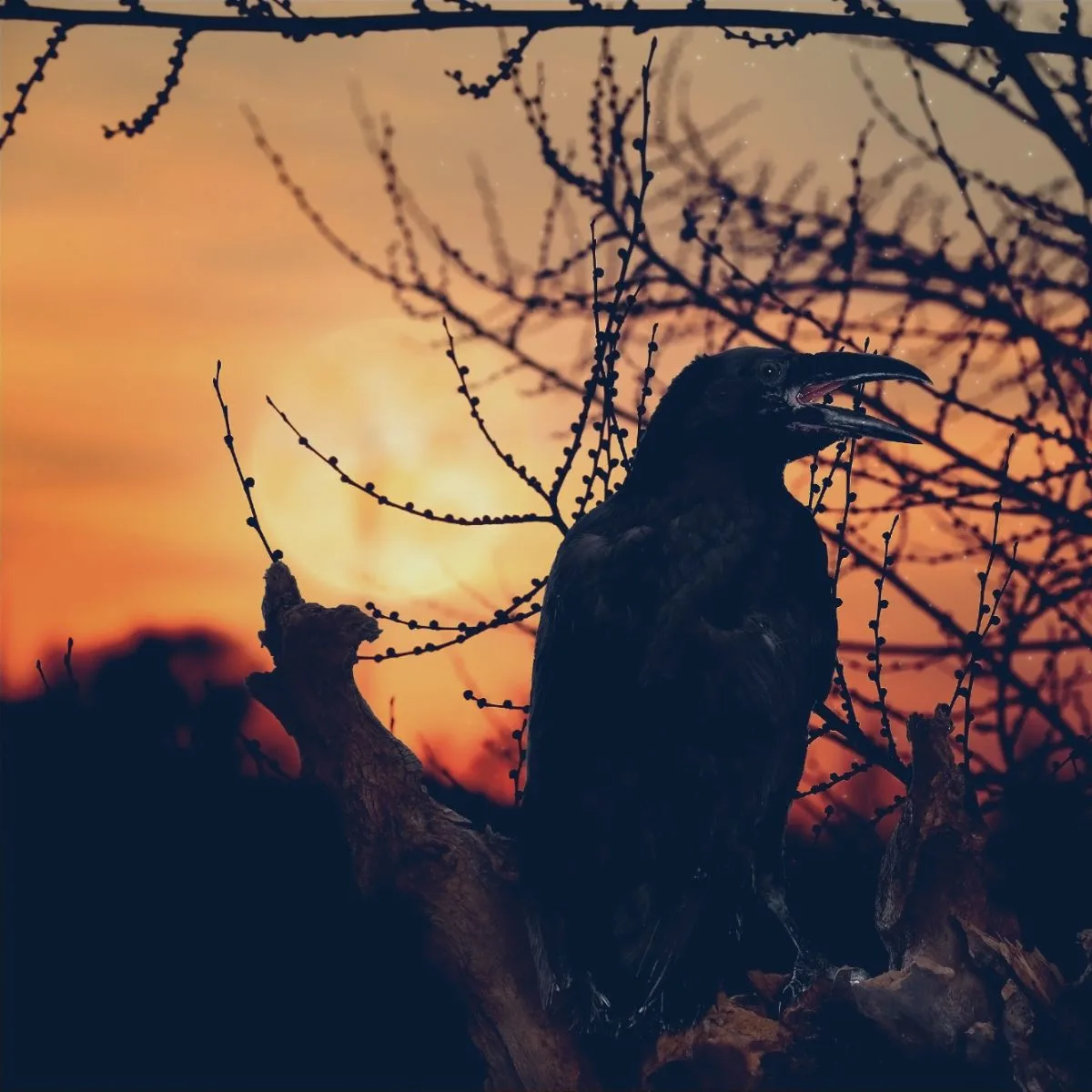
Crows, with their enigmatic presence and complex social structures, extend far beyond the ominous symbols they are often portrayed as.
At the heart of their existence is an unwavering commitment to community and a deep-seated loyalty that is both admirable and instructive.
These birds, known for their intelligence and adaptability, also exemplify the virtues of guardianship and loyalty, offering profound lessons on the significance of these attributes in our own lives.
In the wild, crows are known to form tight-knit family units and larger communities, known as murders, that work together for the collective good.
They share food, look out for potential threats, and even mourn their dead, displaying a level of emotional depth and communal responsibility that challenges our understanding of animal behavior. Observing these practices among crows, we are reminded of the fundamental human need for connection and the intrinsic value of standing by those we care about.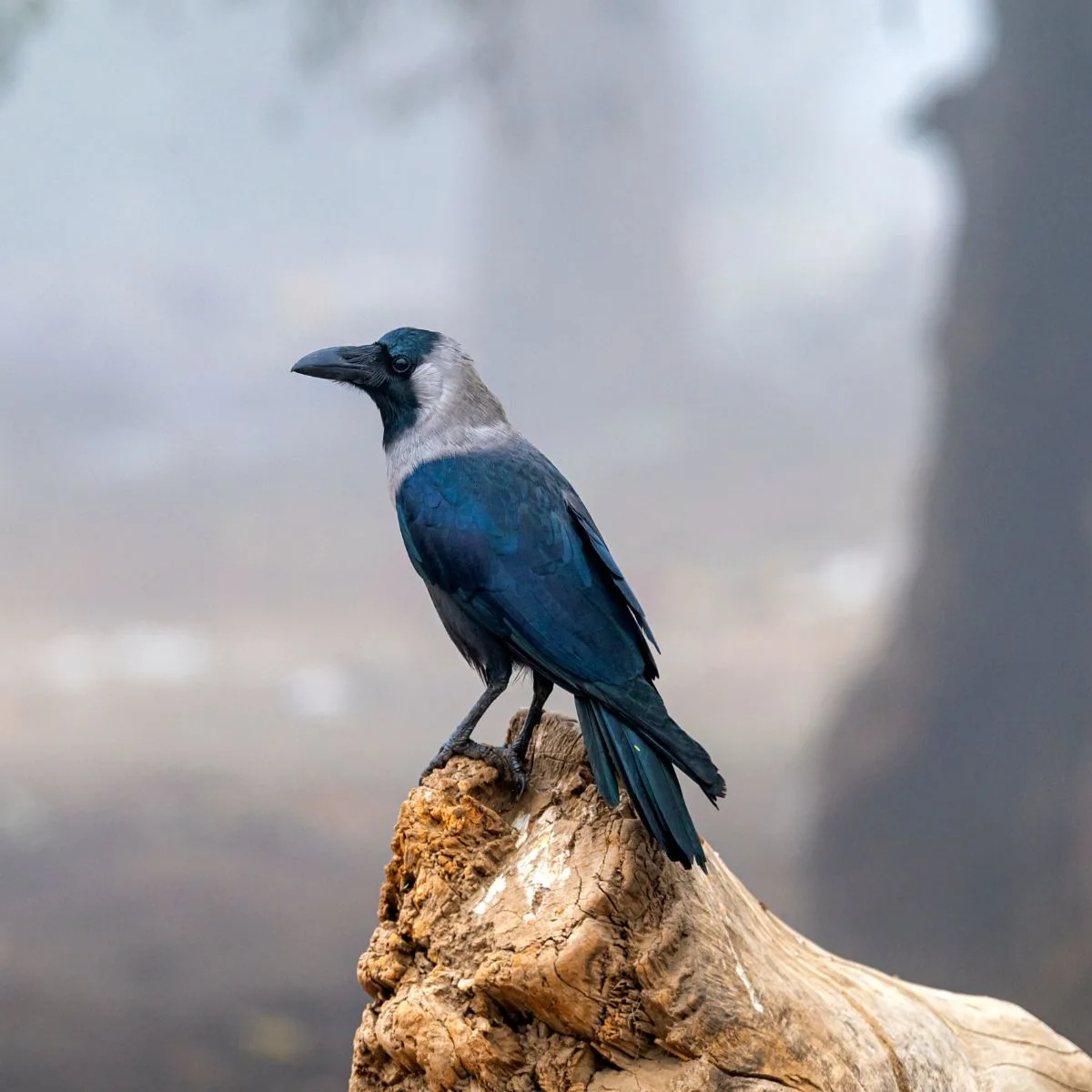
The loyalty of crows is not a mere instinct but a choice, a deliberate action to support and protect their kin and community.
This loyalty is manifested in their cooperative nature, from joint defense strategies against predators to the sharing of resources during scarcity. Such behaviors underscore the importance of loyalty as a binding force, one that not only holds the group together but also ensures its survival and prosperity.
Drawing inspiration from the crow’s example, we are encouraged to reflect on our relationships and the role that loyalty and guardianship play within them.
In a world where individual pursuits often overshadow collective well-being, the crow’s way of life serves as a reminder of the strength found in unity and mutual support.
It prompts us to foster loyalty in our interactions, to stand by our loved ones through trials and triumphs, and to protect the bonds that connect us.
Takeaway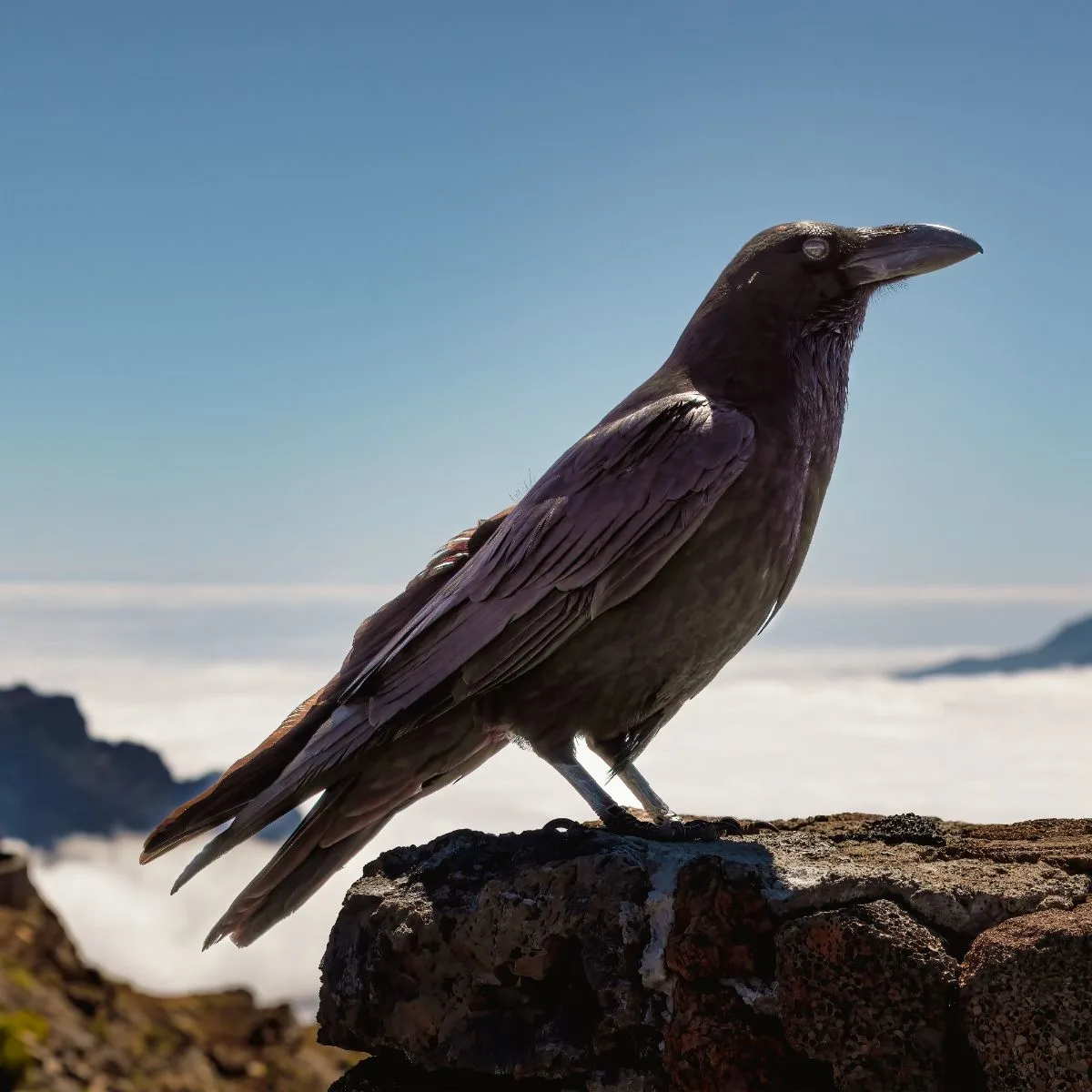
The single black crow, with its ebony feathers and enigmatic presence, serves as a mirror reflecting our deepest fears, brightest hopes, and the untapped potential that lies within each of us.
Rather than harboring superstition or fear, we can choose to see the crow as a symbol of life’s complexity and beauty—a guide leading us toward wisdom, transformation, and a deeper understanding of the natural world.
In the shadow of its wings, we find not ominous portents but messages of hope, resilience, and interconnectedness, reminding us that even in our darkest moments, there is light to be found.
READ THIS NEXT:
The Spiritual Meaning Of A Hawk Flying Over You

